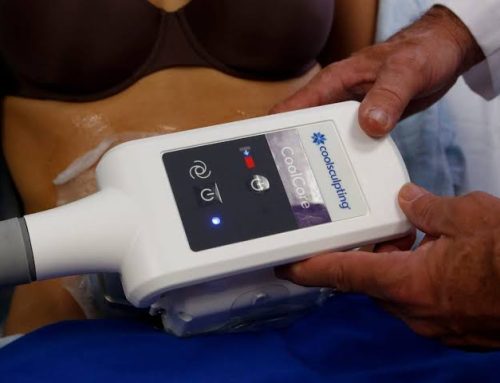Introduction
Have you ever looked in the mirror and wished you could turn back the time on aging? If so, you’re not alone. Many people seek ways to regain their youthful appearance, and one option they consider is a facelift. In this article, we’ll address some of your top questions about facelifts, including how long the results last, who is suitable for the procedure, and what you can expect during recovery.
How long does a facelift last?
A facelift, also known as a rhytidectomy, is a cosmetic surgical procedure designed to address signs of aging in the face and neck. During a facelift, excess skin is removed, and facial muscles are tightened. The result is a more youthful and rejuvenated appearance.
Facelifts can provide impressive and long-lasting results. On average, the effects of a facelift can be expected to last around 7 to 10 years, often even longer. However, it’s important to note that the longevity of the results can vary from person to person. To maintain a youthful look over the years, some people choose to have periodic “refresher” facelifts. This approach can help avoid the need for more extensive procedures later on.
Who is a good candidate for a facelift?
The ideal candidates for a facelift are typically in their late 40s or early 50s and above, although age is not the sole determining factor. Many people who seek facelifts are between the ages of 40 and 60. Starting on the younger side allows for smaller, less invasive procedures like a mini facelift to address early signs of aging. This proactive approach can prevent more drastic measures in the future.
Three important factors to consider when determining if you’re ready for a facelift are:
- Rate of Aging:
If you’ve noticed signs such as sagging cheeks, jowls, lost facial volume, or hollow areas around the eyes and upper cheeks, it may be an indication that a facelift could benefit you. - Recovery Time: Facelift surgery requires some downtime for proper healing. Ensure you have the time available to rest and recover after the procedure.
How will I look after a facelift?
After a facelift, it’s normal to experience some temporary side effects, including mild to moderate pain, swelling, bruising, and numbness. These effects can be managed with proper care and medication as prescribed by your surgeon.
Here’s a brief overview of what to expect during recovery:
- Rest with your head elevated to minimize swelling.
- Take prescribed pain medication as needed.
- Apply cool packs to the face to reduce pain and swelling.
- Follow post-operative wound care instructions, including keeping incisions clean and avoiding picking at scabs.
- Attend follow-up appointments with your surgeon to monitor progress.
In the weeks following the procedure, it’s advisable to avoid vigorous activities, direct sun exposure to the incision sites, and certain grooming practices like hair coloring or perming.
Conclusion
A facelift is a popular and effective cosmetic procedure that can help you regain a more youthful appearance. While the results of a facelift can last approximately 7 to 10 years, individual experiences may vary. Starting on the younger side, budget considerations, and the ability to allow for proper recovery are important factors when considering a facelift. Consulting with a qualified plastic surgeon can provide you with personalized guidance and expectations for your facelift journey.
Disclaimer: The content on this blog is intended for general informational purposes only. It is not a substitute for professional medical advice, diagnosis, or treatment. Always consult qualified healthcare providers for personalized advice. Information regarding plastic surgery, dental treatment, hair transplant, and other medical procedures is educational and not a guarantee of results. We do not assume liability for actions taken based on blog content. Medical knowledge evolves; verify information and consult professionals. External links do not imply endorsement. By using this blog, you agree to these terms.










